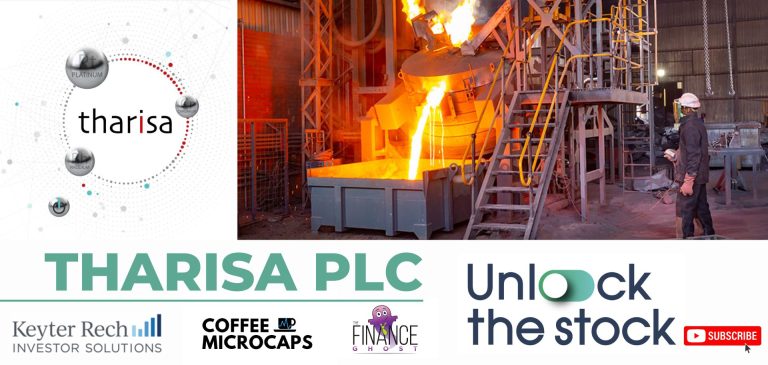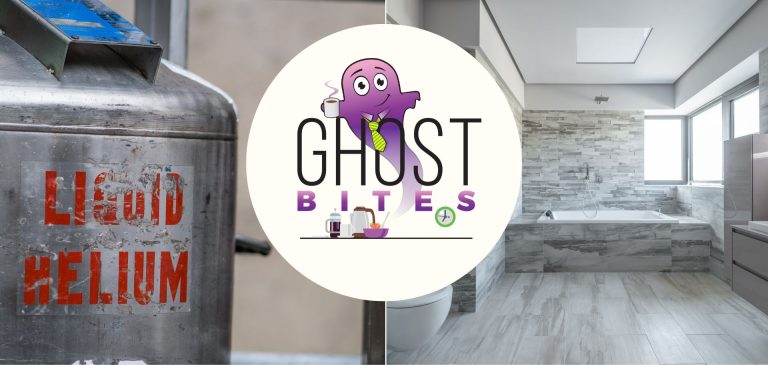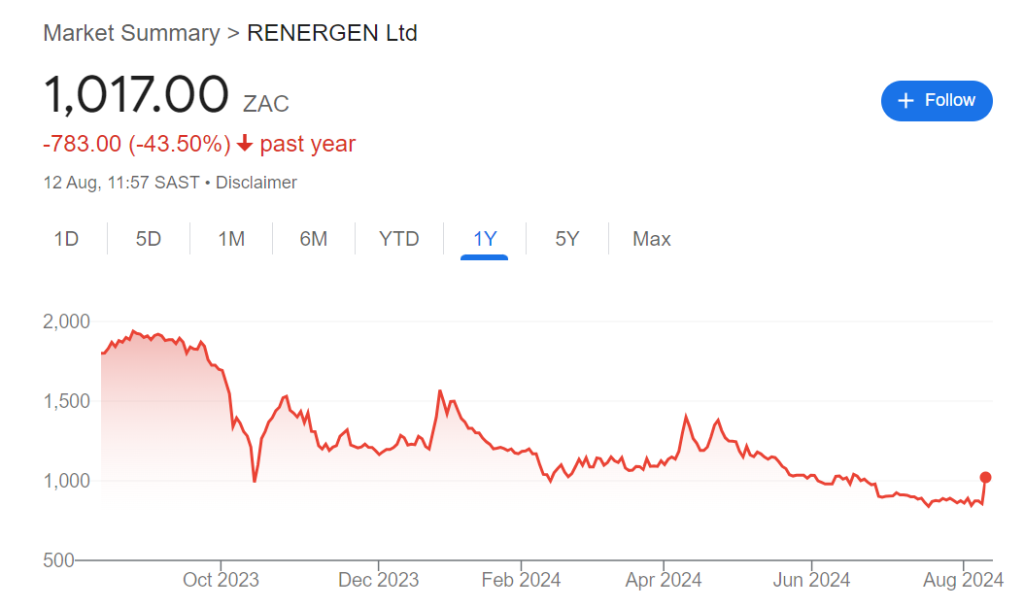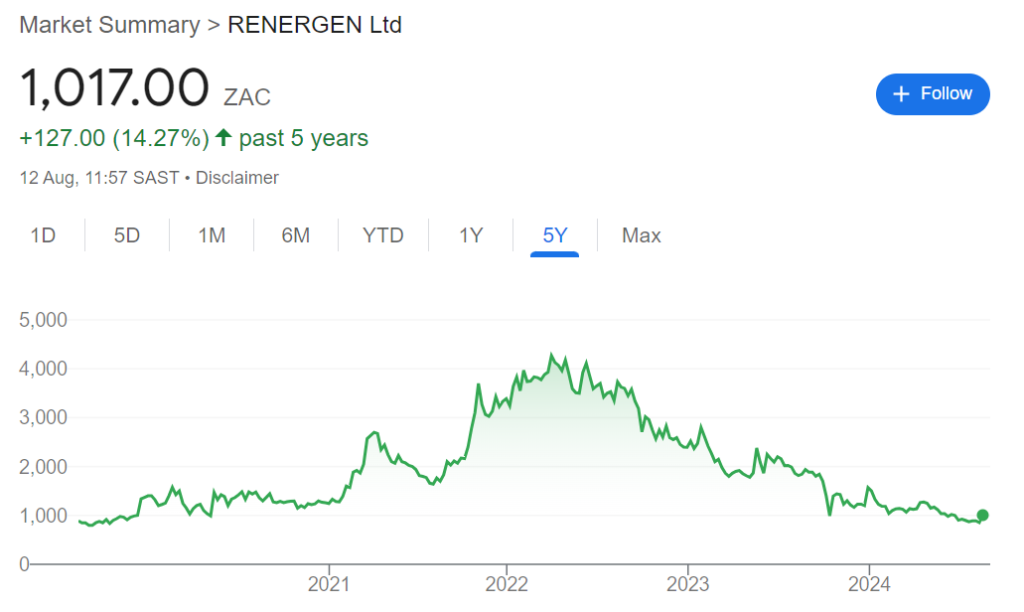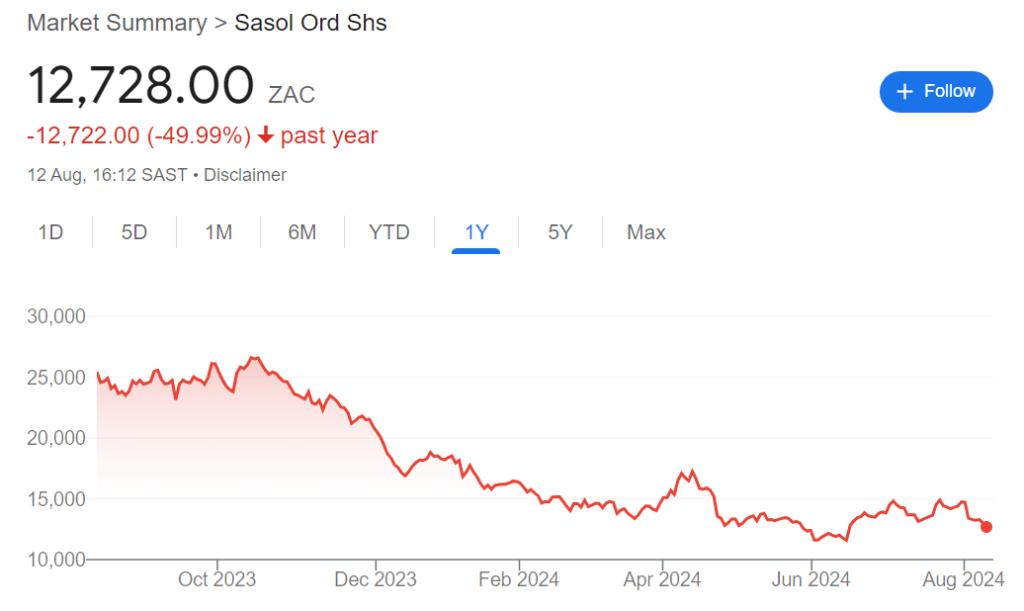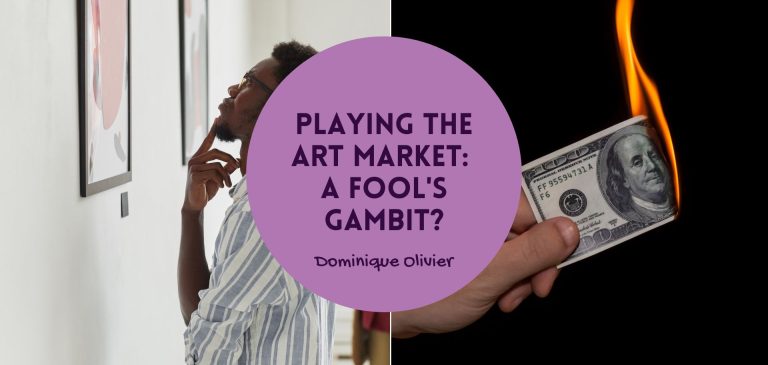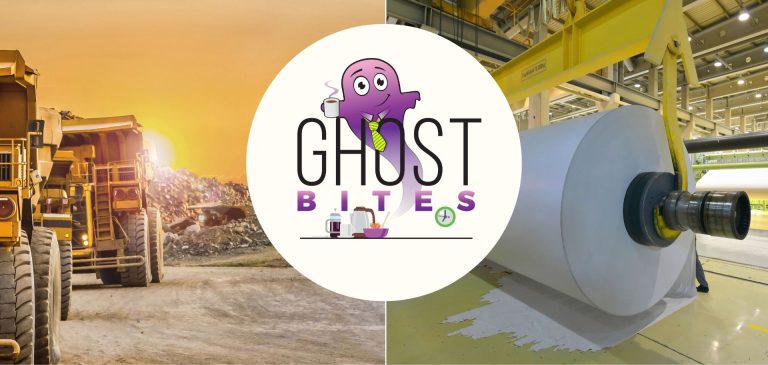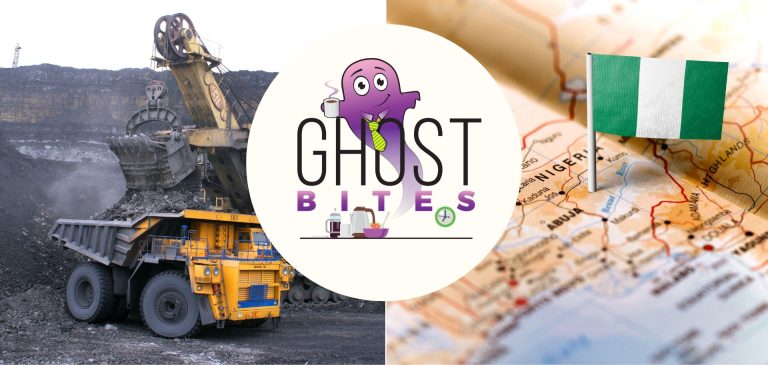Get the latest recap of JSE news in the Ghost Wrap podcast, brought to you by Mazars:
ADvTECH banks another strong period (JSE: ADH)
Solid double-digit growth in earnings
ADvTECH has released a voluntary trading statement for the six months to June, which is how you know that the increase in profits is below 20%. If it was over 20%, it wouldn’t be voluntary!
Still, it’s a great outcome for them in this period and I’m not surprised that they want the market to know about it. HEPS is up by between 13% and 18%, coming in at between 95.3 cents and 99.5 cents.
The ADvTECH share price is up by over 22% this year and 165% over five years. It’s an excellent example of how you can make money on the local market.
Aveng gives more details on its profits (JSE: AEG)
An updated trading statement now gives an earnings range
Earlier in the week, Aveng gave the market a trading statement that indicated a swing into profitability. No earnings range was given, which is always a bit frustrating. The company has now released an updated trading statement with an earnings range, so they’ve made amends.
After reporting a headline loss per share of A$61.6 cents in the comparable period, things are vastly better now. For the year ended June, HEPS will be between A$29.0 cents and A$30.8 cents.
To be fair, the comparable period included a loss of A$104 million from the Batangas LNG terminal project, as well as non-recurring losses from discontinued operations of $12 million. With that context, it’s not surprising that there was such a large positive year-on-year move.
DRDGOLD has disappointed gold investors (JSE: DRD)
The results have dislocated from the gold price performance
As we’ve seen by comparing Gold Fields to AngloGold, investing in gold mines can give vastly different results to what you might be seeing in the gold price. They would likely all do quite poorly if the gold price was under pressure, but they don’t all do well just because the gold price has moved higher. DRDGOLD is just the latest example of this phenomenon.
For the year ended June, HEPS at DRDGOLD will differ by between -1% and 9% vs. the previous year. Not quite a gold mine, is it?
Despite a 20% increase in the rand gold price received, revenue was only up by 14% due to a dip in production. The company has had some significant difficulties and delays in site approvals, so they had to focus on legacy sites that aren’t nearly as efficient for processing of tailings. The lack of efficiencies also came through in operating costs, which increased by 14% in line with revenue.
It sounds like the worst of these irritations is now behind the company, which suggests a much better financial year coming up. Of course, they will have to hope that the gold price stays at appealing levels!
At least the group remains free of bank debt and is set to complete the major solar project at Ergo by October 2024, so the pressure on free cash flow will also abate in the new year. Just in case they need access to finance though, they have put in place a significant facility with Nedbank.
Lighthouse is grateful for the exposure beyond France (JSE: LTE)
Economic uncertainty related to elections is a problem in practically every country in the world
Lighthouse Properties (yes, Des De Beer’s favourite company to buy shares in) has released results for the six months to June. It’s an interesting portfolio, with 69.2% of the direct portfolio being in Iberia (measured by value), while 23,4% is in France and 7.4% is in Slovenia. As the French portfolio suffered a downturn in sales and footfall during the election period in that country, they can be thankful for the Iberian strategy that has recently been followed.
The fund also holds various listed investments, with the largest as at reporting date being the Hammerson stake. They’ve sold down more of that stake subsequent to the reporting date and will likely continue to do so. There are also substantial stakes in Klepierre and NEPI Rockcastle.
Headline earnings per share jumped from 0.49 EUR cents to 0.90 EUR cents, while distributable earnings increased from 0.6187 EUR cents to 1.2166 EUR cents. The nuance here is that the interim dividend is actually lower, from 1.35 EUR cents to 1.2166 EUR cents. The distributions in excess of distributable earnings seem to be behind us now, with the company declaring 100% of interim distributable earnings as a distribution in this period.
The loan-to-value ratio is 21.08%, which is very similar to last year’s level.
Rwanda is seen as a success story, but not for MTN (JSE: MTN)
Add this one to the list of problematic African subsidiaries for the company
For all the positive narrative around Rwanda and the trajectory of that economy, you won’t see much to smile about in the numbers for MTN Rwandacell. For the six months to June, service revenue was up by a paltry 0.8% and EBITDA fell by 29.0%. Ouch. EBITDA margin contracted by 13.8 percentage points to 31.3%.
Thanks to higher depreciation in the aftermath of significant capex, the business is now in a loss-making position of note. Despite this, capital expenditure is up by 28.6%. Free cash flow has fallen by 73.2%.
One of the major problems is the regulatory environment in the country and specifically the zero mobile termination rate directive on interconnect revenue. Although MTN (and presumably other telcos in the country) will try and work with the regulator to mitigate this impact, it seems like it really has hurt the business.
Like in the rest of the PGM sector, Northam Platinum’s profits have collapsed (JSE: NPH)
There’s not much that anyone can do at these prices
Northam Platinum has released a trading statement for the year ended June. As you might expect, it’s horrific. PGM prices are under great pressure and this only means bad things for the broader industry.
Northam did their best with a 10.3% increase in equivalent refined metal from own operations and a 7.3% increase in 4E sales volumes, but even that couldn’t offset the disastrous 35.5% decrease in the 4E ZAR basket price. Sales revenue fell by 22.2% and the rest of the income statement only gets worse.
Despite keeping cash costs per equivalent refined 4E ounce to an increase of only 4.3%, gross profit fell by 68.8% and HEPS is down by between 76.6% and 86.6%. Thankfully, net debt is way down from R9.4 billion to R3.1 billion, with Northam having battened down the hatches for this part of the cycle.
Rather than a silver lining, there’s at least a chrome lining deep down in the numbers. Strong chrome prices alongside a 23.9% increase in production led to chrome contributing R3.8 billion to group revenue. This is still small in the group context of R30.8 billion, but is becoming increasingly important.
The focus is firmly on cash generation and preservation, with Northam in a strong position to weather this storm.
Renergen puts regulatory concerns to bed (JSE: REN)
The narrative has swung decidedly positive this week
After the exciting news of helium production finally being underway, Renergen has followed up with an announcement that does a good job of removing further overhangs from the share price. There has been so much mud thrown at the company on social media, with various allegations around company directorships, compliance with JSE disclosure requirements and IFRS and even unauthorised discharge of wastewater.
After various investigations by the relevant regulators, Renergen has been cleared of all the allegations. Hopefully they can now focus on the task at hand: consistent helium production.
Transaction Capital sells part of Nutun for R400 million (JSE: TCP)
Here’s a nice surprise for shareholders
The Nutun Transact business is being sold by Transaction Capital to Q Link Holdings. Nutun Transact is a B2B transaction processing and HR management solutions platform that nobody ever talks about in the context of Transaction Capital. Q Link is a financial services and fintech company that is owned by professional investment firms alongside management. It seems like a good home for Nutun Transact.
Once the various conditions for the deal are met (with a long stop date of 180 days from signature date of 13 August 2024), Transaction Capital will be paid just over R400 million for the business. There will be standard adjustments for the level of working capital at the time that the deal goes through. The cap for the deal is R510 million, so the working capital adjustments can be sizable.
With net assets of R146 million for Nutun Transact and net profit after tax of R11.2 million, this seems like a fantastic selling price and a win for Transaction Capital shareholders.
Little Bites:
- Director dealings:
- A trust related to a member of the founding family of Famous Brands (JSE: FBR) sold shares worth R22.4 million – that’s a significant trade.
- A senior executive at Nedbank (JSE: NED) sold shares worth R16 million.
- Associates of a director of CMH (JSE: CMH) sold shares in the company worth R3.7 million.
- A director of PSG Financial Services (JSE: KST) bought shares worth R493k.
- Nampak (JSE: NPK) has announced a proposed structure that will see CEO Phil Roux and CFO Glenn Fullerton each invest roughly R4 million in shares, funded through an interest-free loan from the company. They will each be further incentivised with the ability to acquire shares at a discount. As this is an issue of shares to a related party, it triggers regulatory requirements for a circular.
- Hammerson (JSE: HMN) shareholders should be aware that there is a dividend reinvestment plan (DRIP) alternative available for the interim dividend. The tax can get quite complicated, so be careful in that choice. The company also announced that it has arranged a loan secured by a retail property in Ireland at an all-in interest cost of 5.5% per annum. This refinances an existing facility and it reminds us that debt is a lot more expensive in Europe right now than it was a couple of years ago.
- Trustco (JSE: TTO) has announced an intention to execute a share consolidation that aligns the local shares with the ADR programme, which is based on a ratio of 20:1. In theory, the Trustco share price will be 20x higher after this, as there would be 1 share left for every 20 shares currently in issue.
- PSG Financial Services (JSE: KST) announced that its credit rating has been affirmed by GCR with a positive outlook. This is a high quality company and the credit rating reflects that.
- In the extremely unlikely event that you are a Deutsche Konsum (JSE: DKR) shareholder, be aware that the company has released results for the nine months of the financial year. Funds from operations fell by 11% and the loan-to-value is 61.4%, so that’s not pretty. They are busy with various initiatives to reduce debt.





